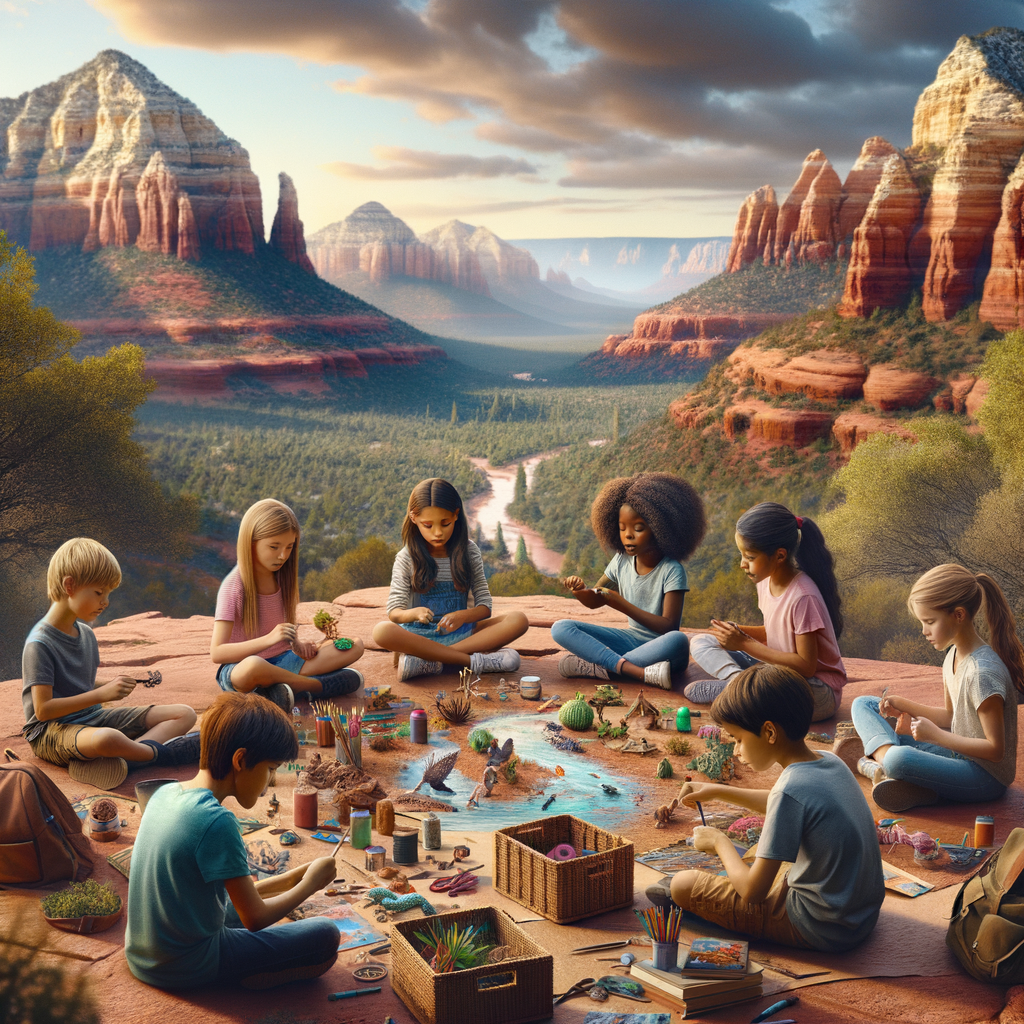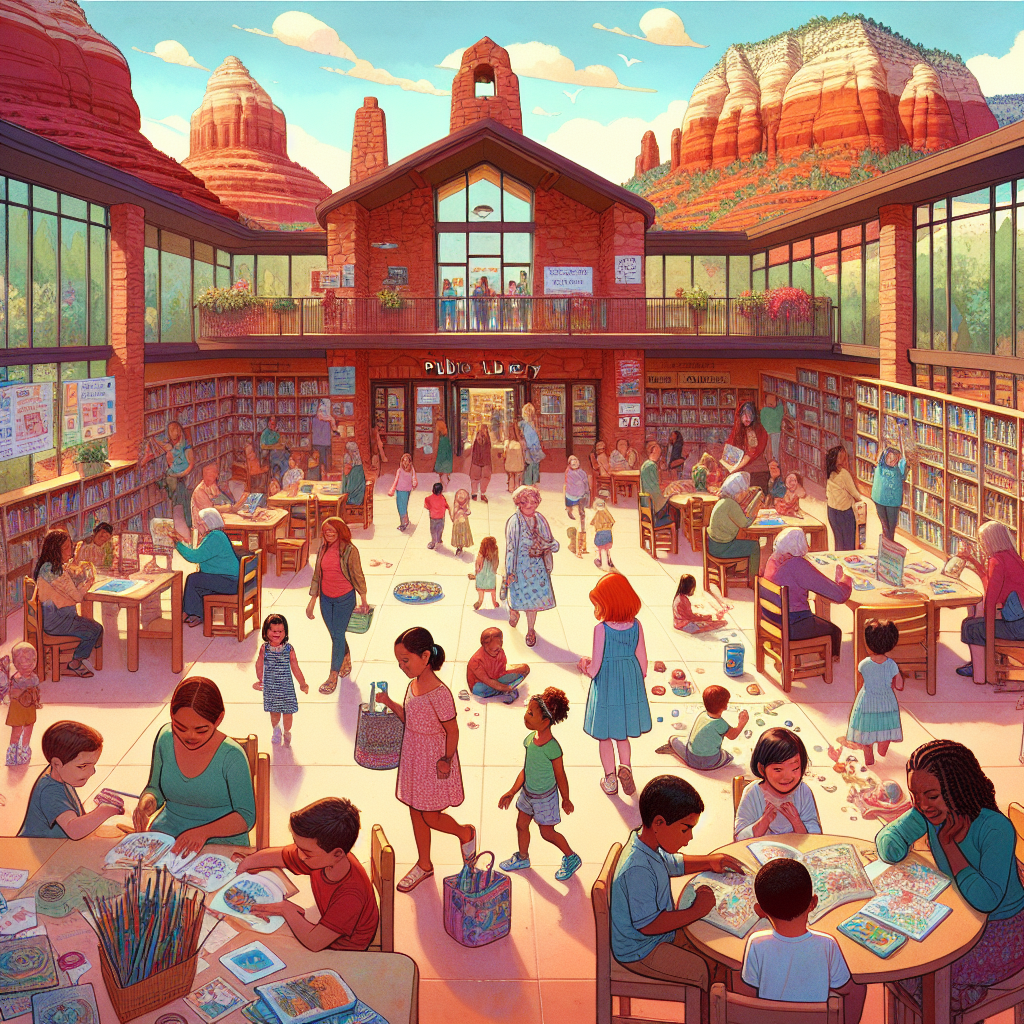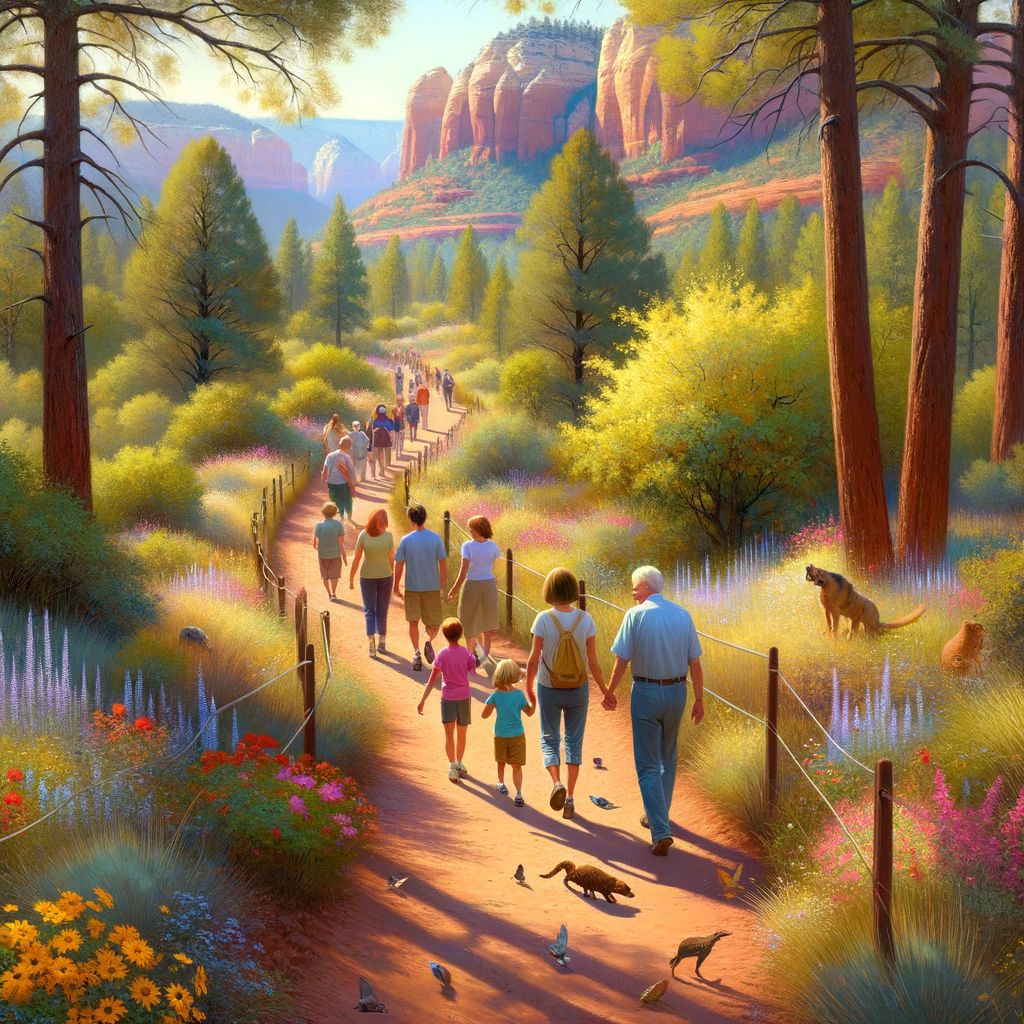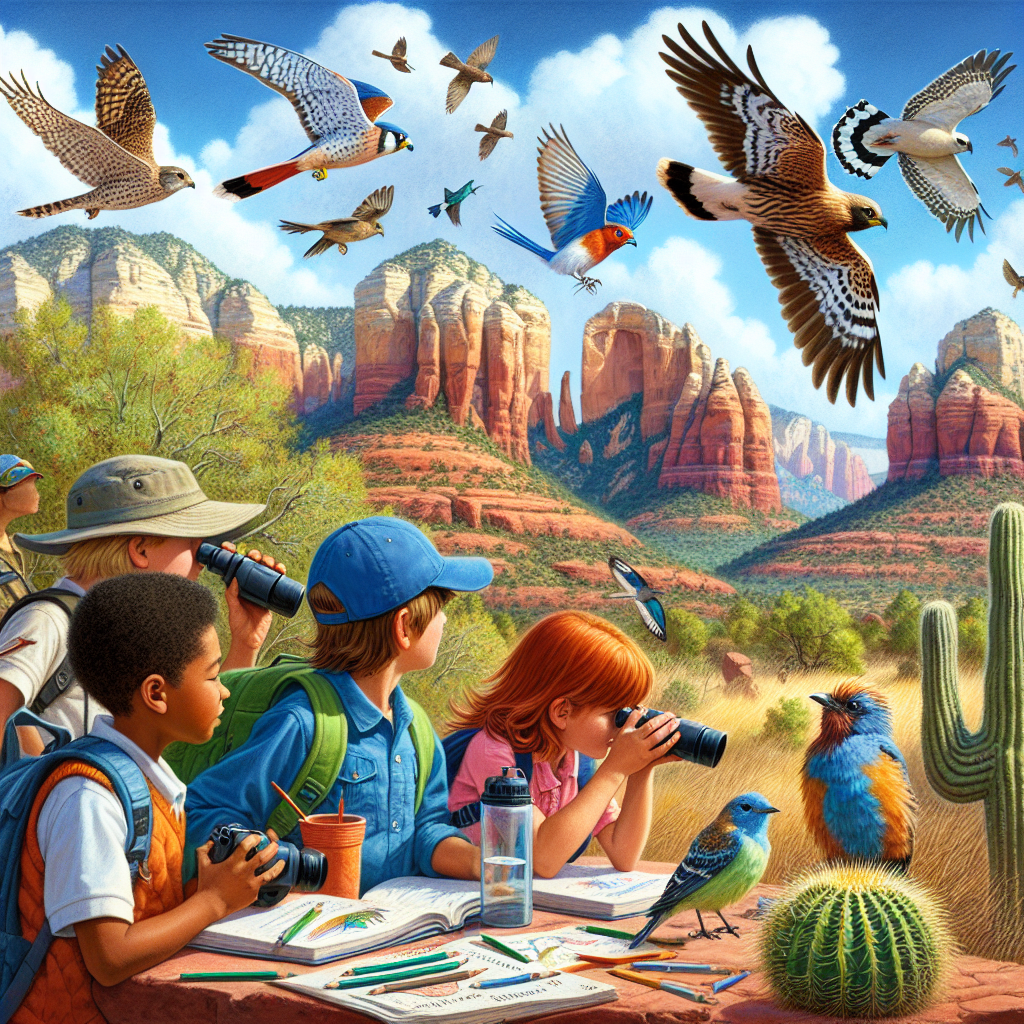Encouraging Kids to Make Nature-Inspired Art Outdoors
“`html
Outdoor Art: Let Kids Create Nature-Inspired Art with Materials Found Outdoors
Why Outdoor Art is Important for Kids
Creating art outdoors offers a wealth of benefits for kids. First, it encourages them to connect with nature, fostering a sense of appreciation for the environment. When children step outside and gather materials like leaves, rocks, and twigs, they become immersed in their surroundings. This interaction also promotes curiosity and exploration, as they ask questions about their environment and discover new things. Moreover, outdoor art can positively impact their emotional well-being. Spending time in green spaces has been shown to reduce stress and anxiety levels, allowing kids to express their feelings through creative channels.
Additionally, outdoor art nurtures a sense of freedom and spontaneity in children. Unlike traditional art forms confined to classrooms, nature provides an ever-changing canvas where kids can experiment with various textures, colors, and shapes. This unstructured environment encourages open-ended creativity and lets kids explore their artistic interests without fear of making mistakes. Thus, outdoor art becomes a wonderful tool for self-expression, growth, and development as kids take ownership of their creative journeys.
Materials to Gather from Nature
Before diving into art projects, it’s essential to identify materials that children can gather from their surroundings. Common materials include fallen leaves, flowers, stones, bark, and pinecones. Each element offers unique textures and colors, making outdoor art rich and varied. For instance, a collection of colorful autumn leaves can create stunning collages, while stones can be painted to resemble characters from a beloved story. By using these materials, kids can engage with their environment creatively and sustainably, teaching them the importance of resourcefulness.
In addition to traditional items, consider using natural materials for sculpture and mixed media projects. Children can weave grasses and twigs to create nests or use mud as a modeling compound. The limitless possibilities found outdoors provide an excellent opportunity for kids to explore their artistic potential while learning about the local ecosystem. From building a fairy house to creating a nature mandala, the only limit is their imagination. This hands-on experience also helps them develop fine motor skills that will benefit them in various aspects of life.
Setting Up an Outdoor Art Space
Creating an inviting outdoor art space is key to encouraging creativity in children. Choosing an area with ample sunlight and shade is essential for comfort and focus. Ensure the space is safe and accessible, with plenty of room for movement and exploration. You can use blankets, picnic tables, or even a simple tarp as a base for their artistic endeavors. Having all the materials within easy reach allows kids to feel in control and empowered to create freely.
Additionally, consider incorporating seating options like cushions or bean bags to make the space more cozy and appealing. Surround the area with natural beauty—trees, flowers, and even a gentle stream, if possible. This not only enhances the aesthetic but also enables children to connect their art with the environment. Remember to establish some guidelines to protect nature, such as leaving plants intact and respecting wildlife. This sets an example for children about responsible creativity and enables them to appreciate the beauty around them.
Project Ideas for Outdoor Art
There are countless fun and engaging project ideas that will inspire kids to create art outdoors. One popular project is creating leaf rubbings. Kids can place a leaf under a piece of paper and use crayons to rub color over it. The unique shapes and veins of leaves will create beautiful, one-of-a-kind artwork. Another engaging idea is to create natural collages. Kids can collect materials such as petals, sticks, and twigs to arrange and glue onto cardboard or paper. This not only promotes artistic expression but also enhances their observation skills.
For a more interactive project, consider making nature prints. Using paint and various natural materials, kids can create prints by pressing items like flowers and leaves onto paper or fabric. This technique allows them to explore colors and shapes while producing unique masterpieces reminiscent of the space around them. Other ideas include building sculptures out of sticks and stones or even creating temporary installations with sand or clay. These projects are not only fun but also encourage a sense of ownership and pride in their creative outcomes.
Incorporating Learning into Outdoor Art
Outdoor art isn’t just about creating—it’s also a fantastic opportunity to learn about nature and ecology. When collecting materials, engage kids in discussions about the plants and animals they encounter. Teach them about different species, their habitats, and the role they play in the ecosystem. Integrating art with education makes the experience more enriching and provides context to their creations. For example, if they gather different types of leaves, encourage them to learn about the trees they come from.
Another way to blend learning with art is to incorporate themes based on seasons or weather. For instance, kids can create seasonal art by collecting items synonymous with that particular time of year—spring flowers, autumn leaves, winter icicles, or summer stones. This not only allows them to appreciate the changes in nature but also encourages discussions about weather patterns and cycles. Using art in this context helps children develop critical thinking skills and fosters a lifelong appreciation for the environment.
Promoting Collaboration through Outdoor Art
One of the beautiful aspects of outdoor art is its ability to promote collaboration among children. Organizing group art projects encourages teamwork and communication. Kids can brainstorm ideas together, plan their creative process, and share materials. This collaborative environment fosters important social skills, such as compromise and empathy. Whether they’re constructing a giant nature mural or working on a sculpture as a team, the group effort promotes a sense of belonging and community.
Moreover, collaboration can extend beyond children. Involving family members or friends in nature-inspired art projects can strengthen bonds and create lasting memories. Whether it’s a family picnic followed by an art session or a community gathering focused on outdoor creativity, these moments encourage inclusivity and shared experiences. Kids can also organize exhibitions of their artwork, inviting family and friends to appreciate their creations, which instills pride and confidence in their abilities.
Cleaning Up and Respecting Nature
After a wonderful day of creating art outdoors, taking care of the environment is essential. Teaching children about cleaning up after their art projects is a valuable lesson in responsibility. Prompt them to collect any leftover materials, return items to their natural habitat when possible, and ensure that their space is tidy. This practice instills respect for the environment and fosters a sense of stewardship toward nature.
Additionally, discuss the importance of sustainability with children. Encourage them to think creatively about using items they would otherwise discard, like old paper or broken crayons. There are countless ways to repurpose materials instead of letting them go to waste. By incorporating these lessons, children can express their creativity while becoming mindful caretakers of the earth, maximizing their enjoyment of outdoor art while building a strong environmental consciousness.
Conclusion
Outdoor art offers an incredible opportunity for kids to explore their creative potential while connecting with nature. By gathering materials, setting up inviting art spaces, and exploring various project ideas, children can unleash their imagination and produce unique, eco-friendly masterpieces. Emphasizing collaboration, learning, and respect for nature makes this experience even more enriching. As parents and educators, fostering these moments not only nurtures creativity but also plays a significant role in shaping environmentally conscientious individuals. So, get outside and let the kids create their nature-inspired art today!
FAQs
1. What materials should I avoid when making outdoor art?
When creating outdoor art, it’s important to avoid materials that can damage the environment, like plastic or non-biodegradable items. Stick to natural materials such as leaves, stones, flowers, and twigs. It’s best to use safe, biodegradable materials that won’t harm local wildlife.
2. How can I ensure my kids are safe while gathering materials outdoors?
Safety should always be a priority when kids are outdoors. Supervise them closely and set clear boundaries regarding safe areas for collecting materials. Teach them to avoid potentially harmful plants, like poison ivy, and to stay away from dangerous terrains. Providing guidance about what is safe to touch or collect will help keep them secure.
3. Can outdoor art be done in winter?
Absolutely! Outdoor art can be adapted to any season, including winter. Kids can create snow sculptures, use ice as a canvas, or make nature ornaments with pinecones and leaves. Winter can offer a unique and magical artistic experience, encouraging creativity throughout the year.
4. What are some ways to display kids’ outdoor art projects?
Displaying kids’ outdoor art can be fun and rewarding. You can create an art gallery in your home by framing their artworks or hanging them on a designated wall. Consider organizing a mini-exhibition outdoors where friends and family can appreciate their creations, providing a sense of accomplishment and pride.
5. What are some benefits of connecting art with nature?
Connecting art with nature promotes creativity, enhances observational skills, and instills a sense of appreciation for the environment. Children learn important social skills through collaboration and develop critical thinking as they engage with their surroundings. Ultimately, this connection fosters emotional well-being and a lifelong love for creativity and nature.
If you are interested in looking into an organized tour for you and your kids, consider visiting our preferred vendor: Sedona Red Rock Adventures.
“`
news via inbox
To be update with all the latest news.




